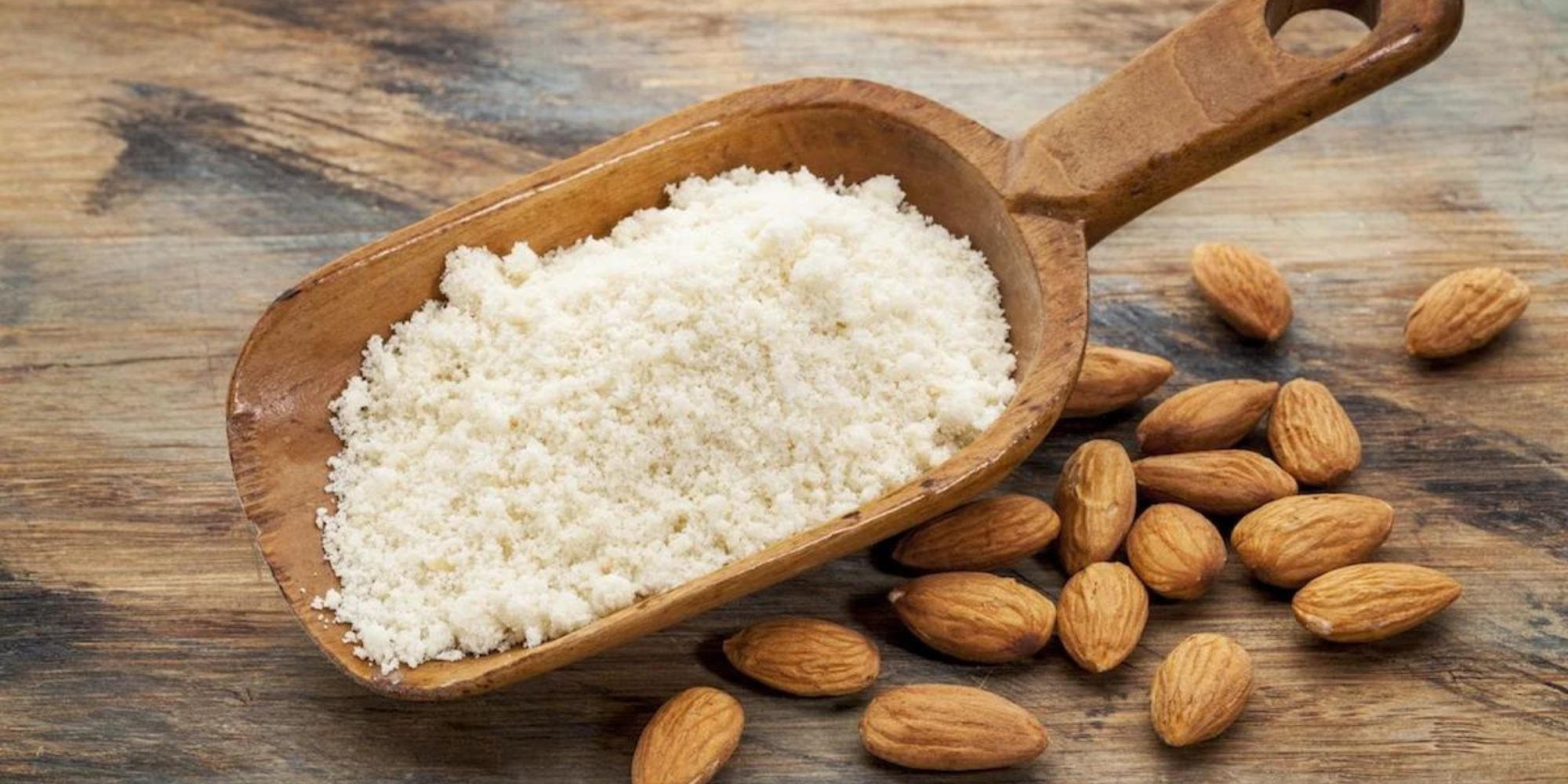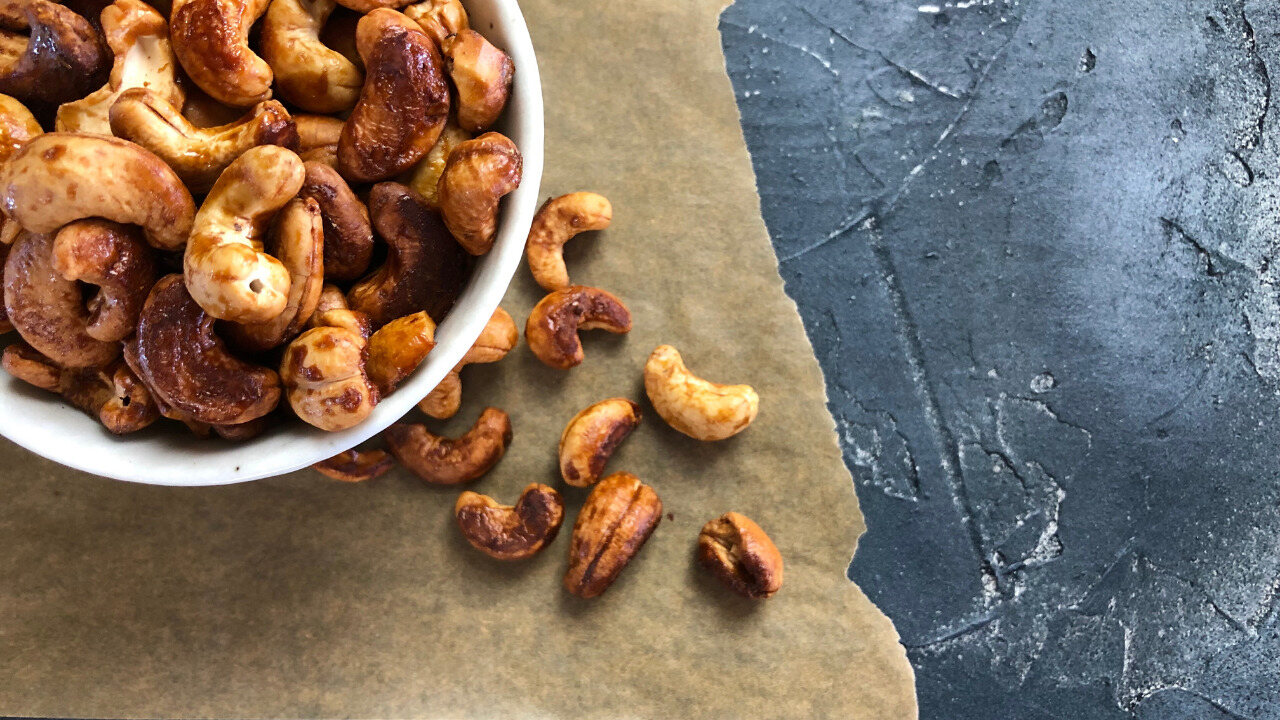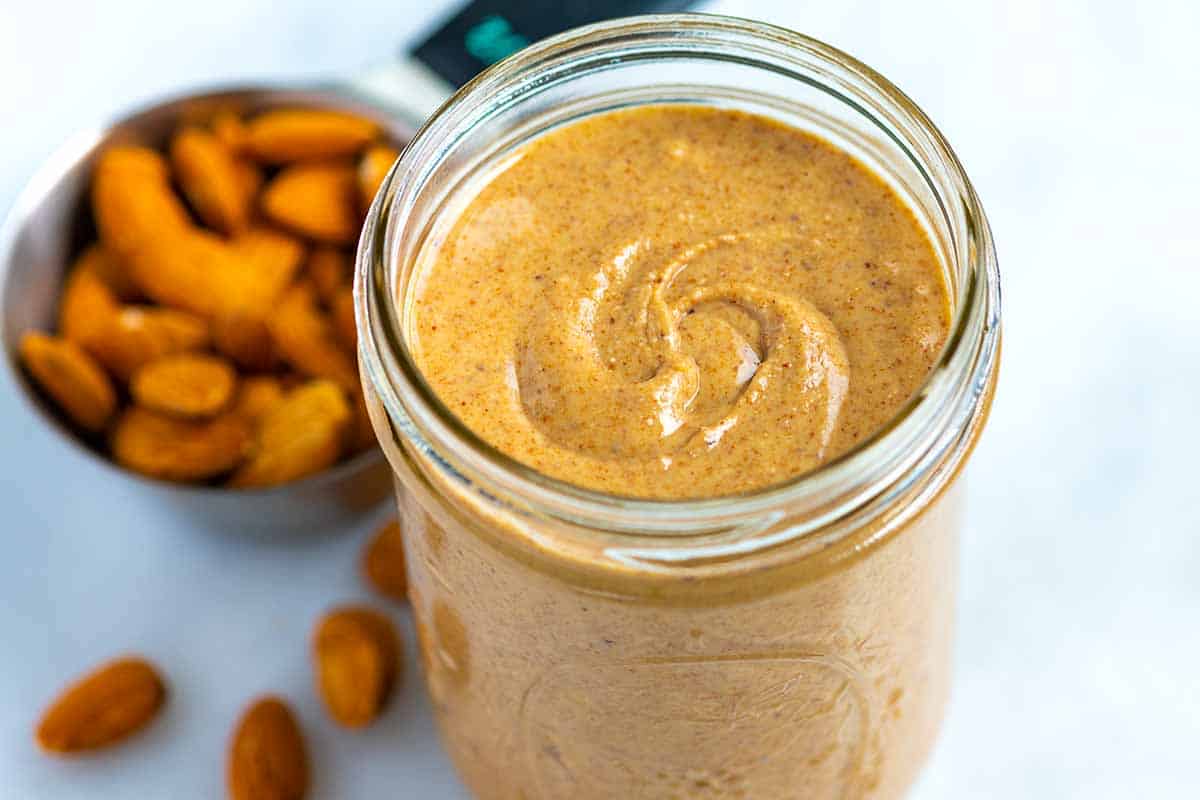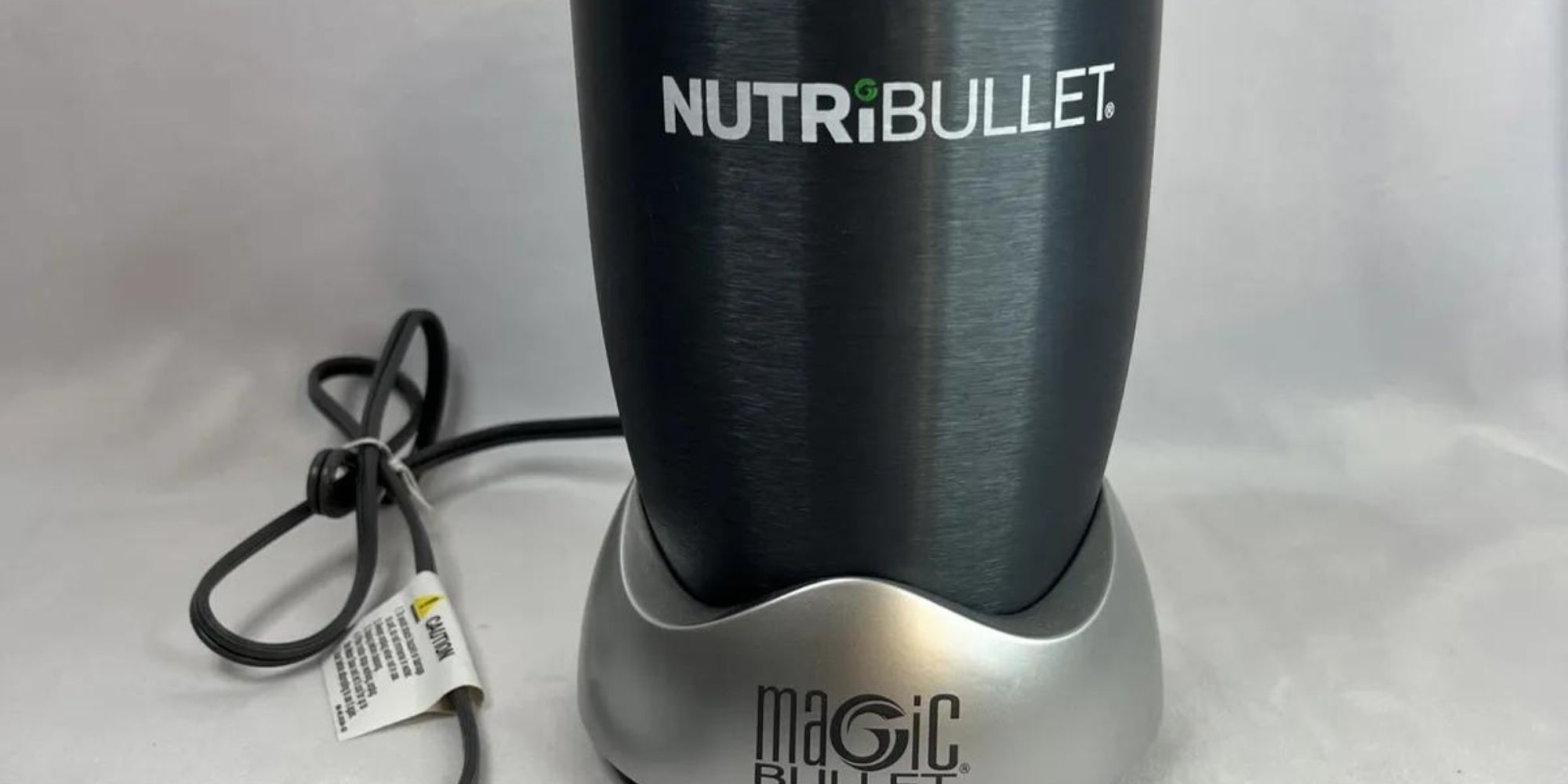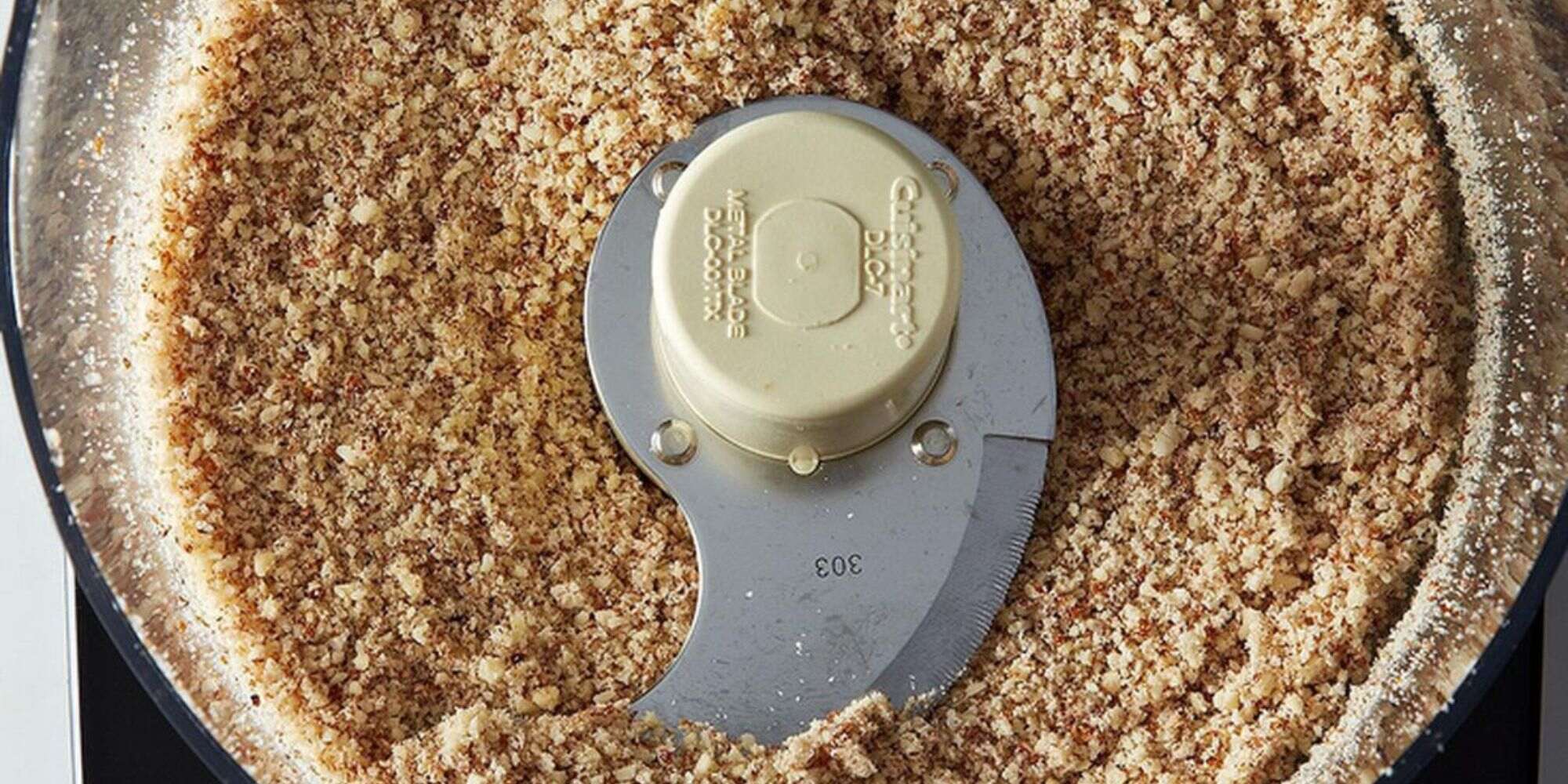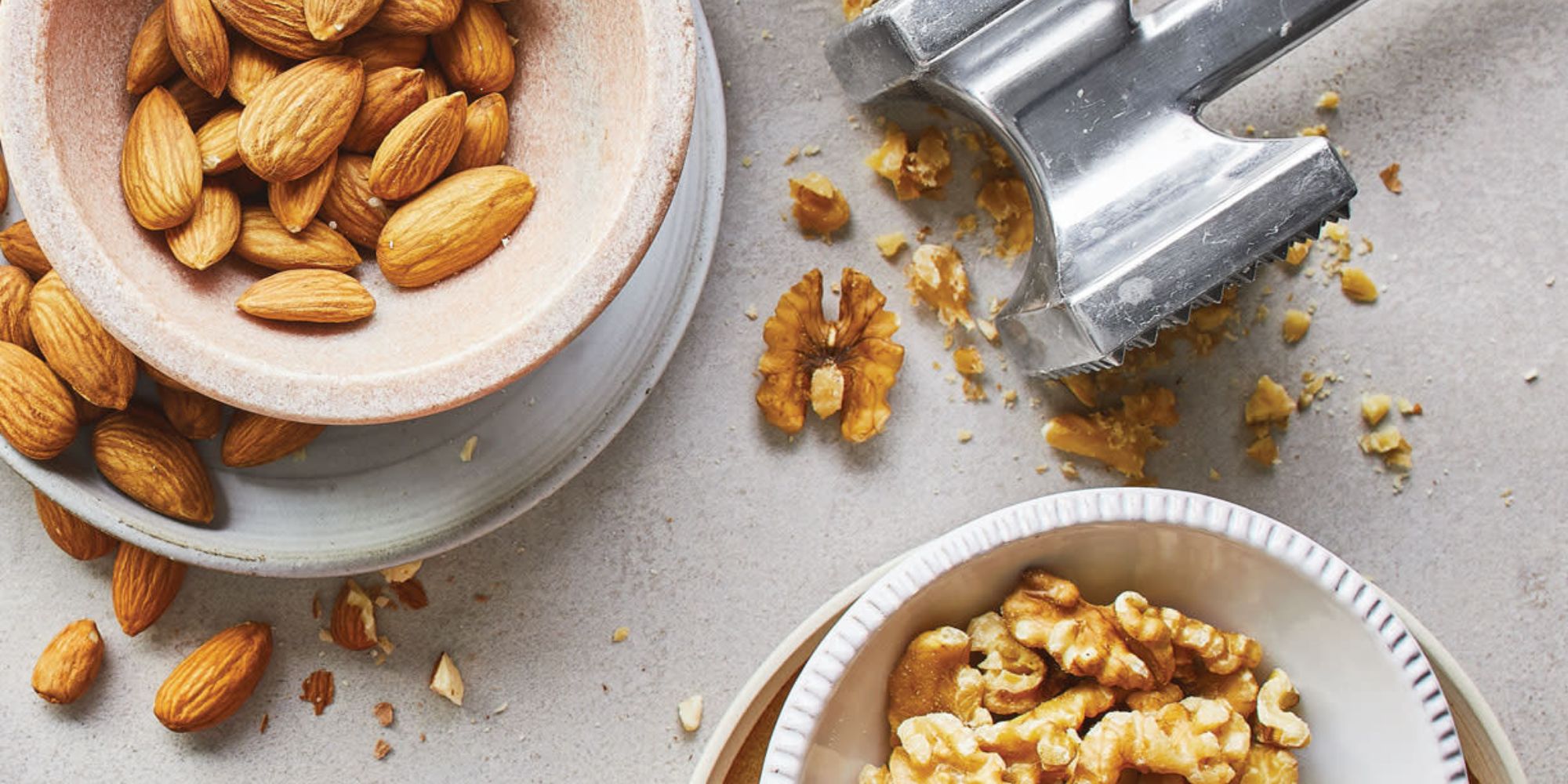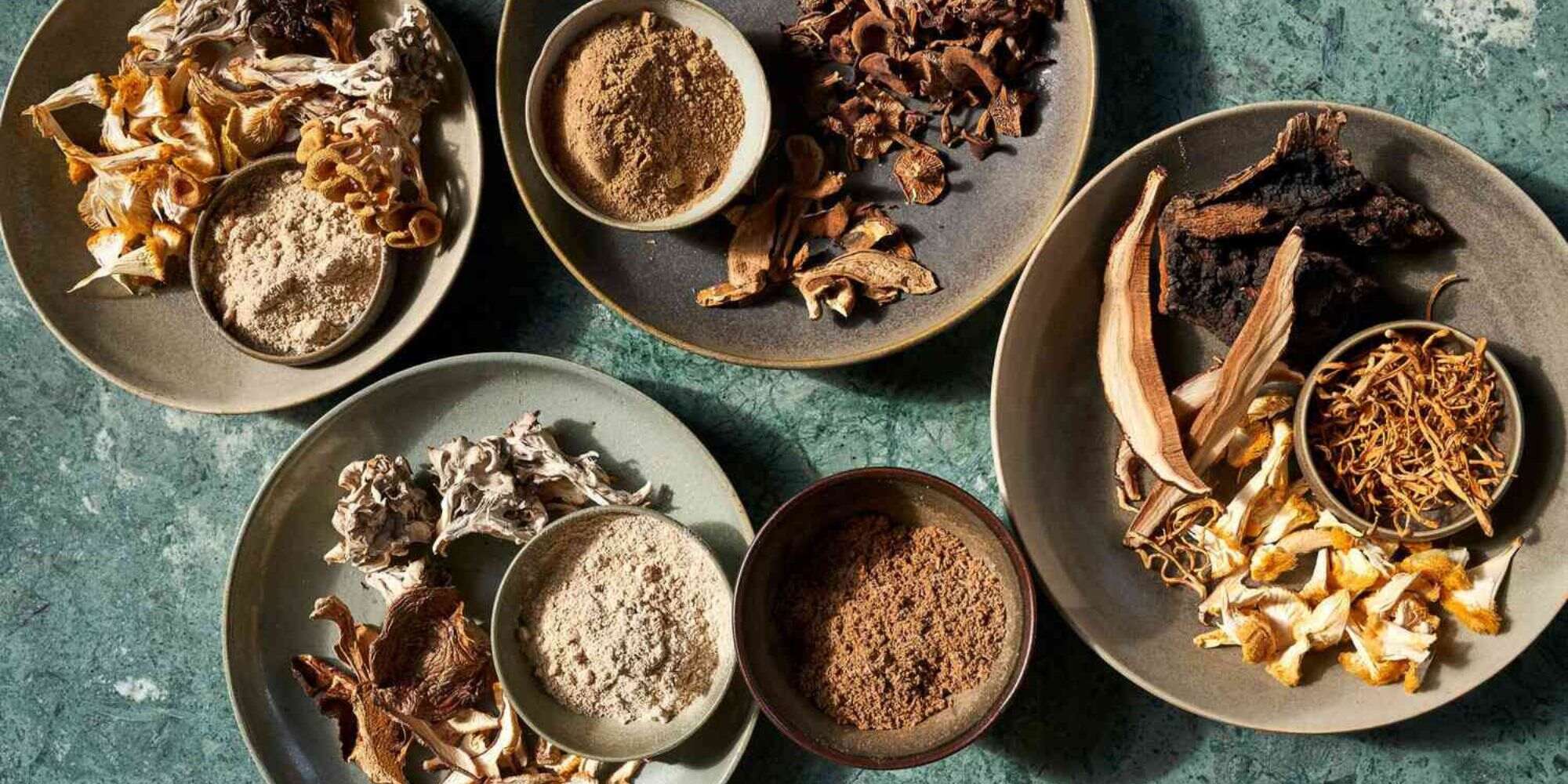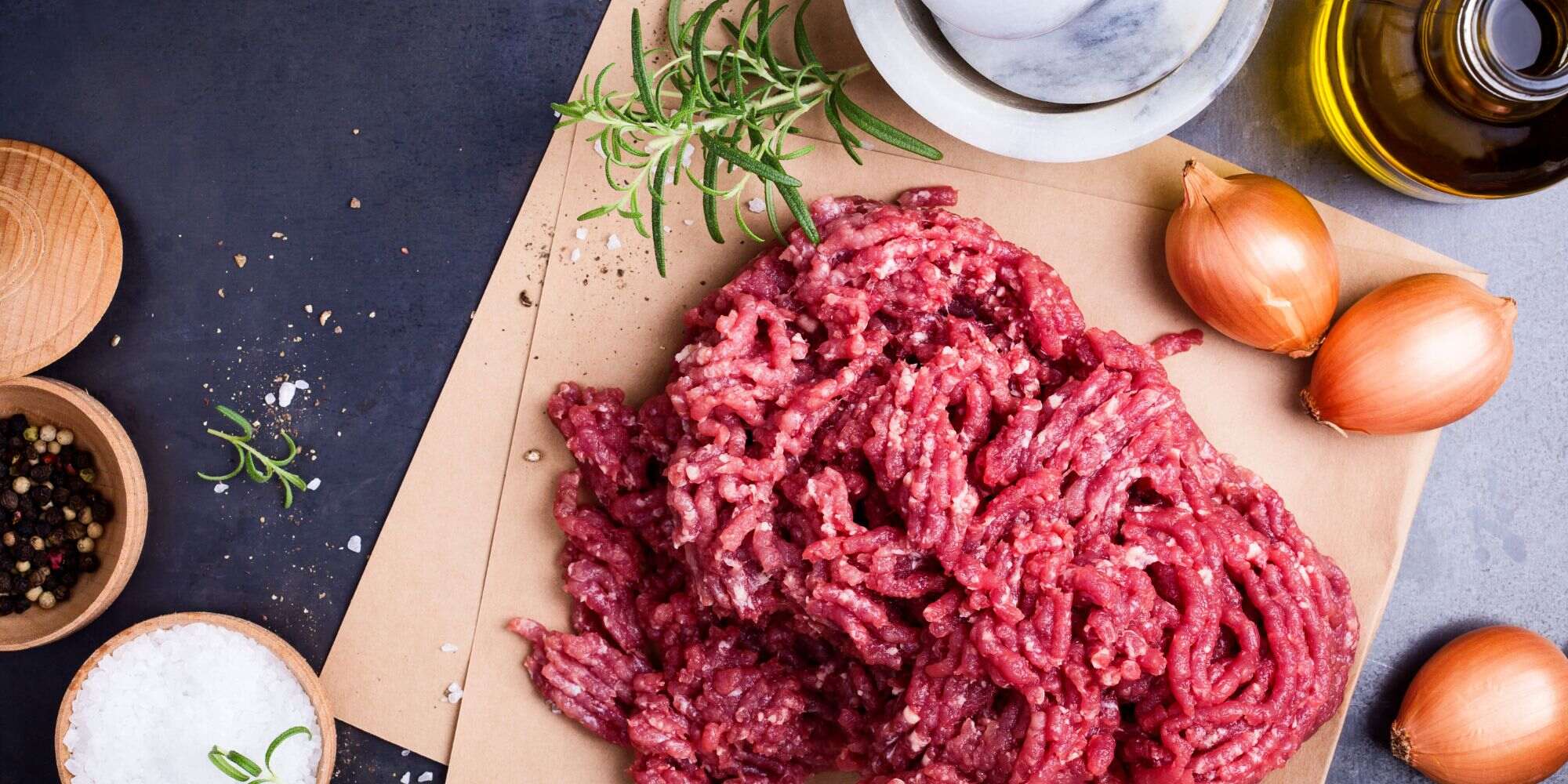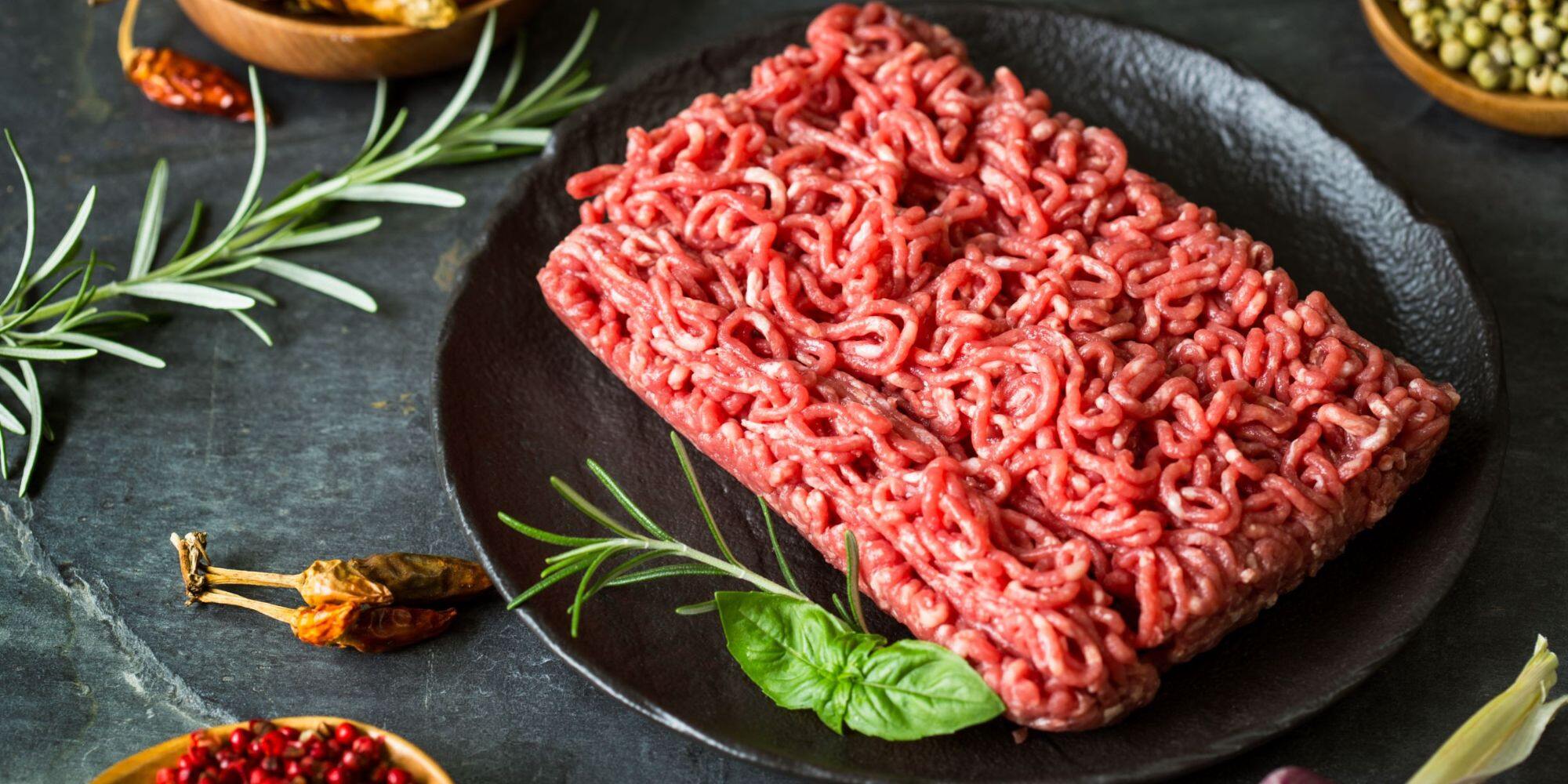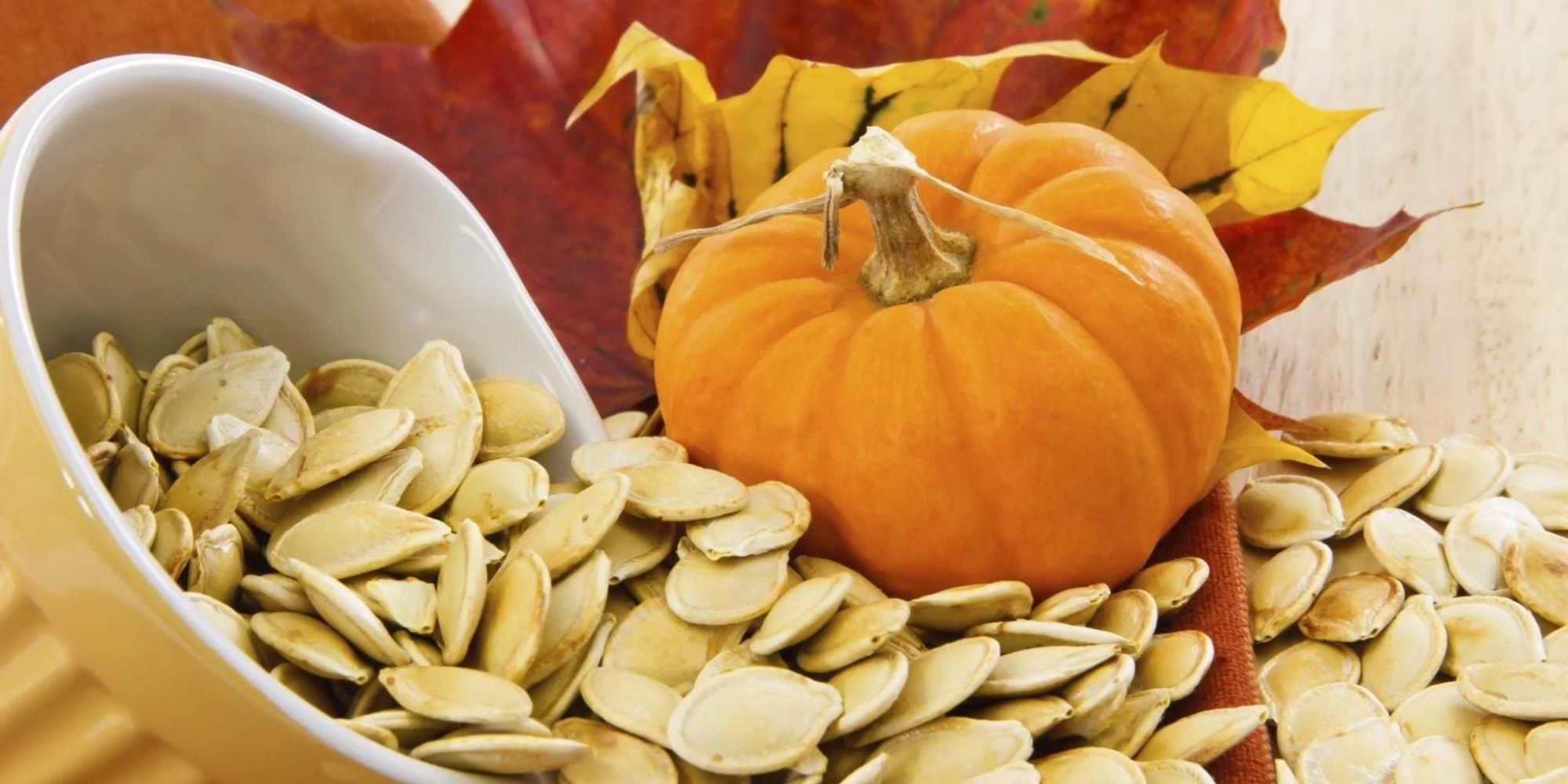Grinding Oats Into Flour Without a Blender
Are you looking to make your own oat flour, but don’t have a blender? Don’t worry! There are alternative methods to grind oats into flour without a blender. Whether you want to make oat flour for baking or cooking, here’s a simple guide to help you achieve that without the need for a blender.
Using a Food Processor
If you don’t have a blender, a food processor can be a great alternative for grinding oats into flour. Here’s how you can do it:
- Start by measuring the amount of oats you need for your recipe.
- Place the oats in the food processor and secure the lid.
- Pulse the oats in short bursts until they reach a fine, powdery consistency.
- Once the oats have been ground into a flour-like consistency, transfer the oat flour to a clean, dry container for storage or immediate use.
Using a Coffee Grinder
If you have a coffee grinder at home, you can also use it to grind oats into flour. Here’s how:
- Measure the oats and add them to the coffee grinder.
- Grind the oats in small batches to ensure an even consistency.
- Check the texture of the ground oats to ensure they have reached a flour-like consistency.
- Transfer the ground oats to a container for storage or immediate use.
Using a Mortar and Pestle
If you prefer a more traditional method, you can use a mortar and pestle to grind oats into flour. Here’s how to do it:
- Place a small amount of oats in the mortar.
- Use the pestle to grind the oats in a circular motion, applying pressure as needed.
- Continue grinding until the oats have been transformed into a fine, powdery flour.
- Transfer the oat flour to a container for storage or immediate use.
Using a Rolling Pin
If you don’t have any of the above tools, you can still grind oats into flour using a rolling pin and a sturdy plastic bag. Here’s how:
- Place a small amount of oats in a sturdy plastic bag and seal it tightly.
- Use a rolling pin to crush the oats inside the bag, rolling back and forth until they reach a flour-like consistency.
- Check the texture of the ground oats and continue rolling if needed.
- Transfer the ground oats to a container for storage or immediate use.
Conclusion
Grinding oats into flour without a blender is entirely possible with the right tools and techniques. Whether you opt for a food processor, coffee grinder, mortar and pestle, or a rolling pin, you can achieve a fine, powdery oat flour that’s perfect for your cooking and baking needs. So, don’t let the absence of a blender hold you back from making your own oat flour at home!
For readers looking to try their hand at making their own oat flour without a blender, there are several delicious recipes to explore. Start with Oat Flour Pancakes for a simple yet satisfying breakfast option. If you're in the mood for something sweet, Oat Flour Chocolate Chip Cookies are a must-try. For a more indulgent treat, bake a batch of Oat Flour Brownies. Lastly, Oat Flour Pizza Crust offers a savory twist that's perfect for dinner. These recipes not only make great use of homemade oat flour but also offer a variety of flavors and textures to enjoy.
